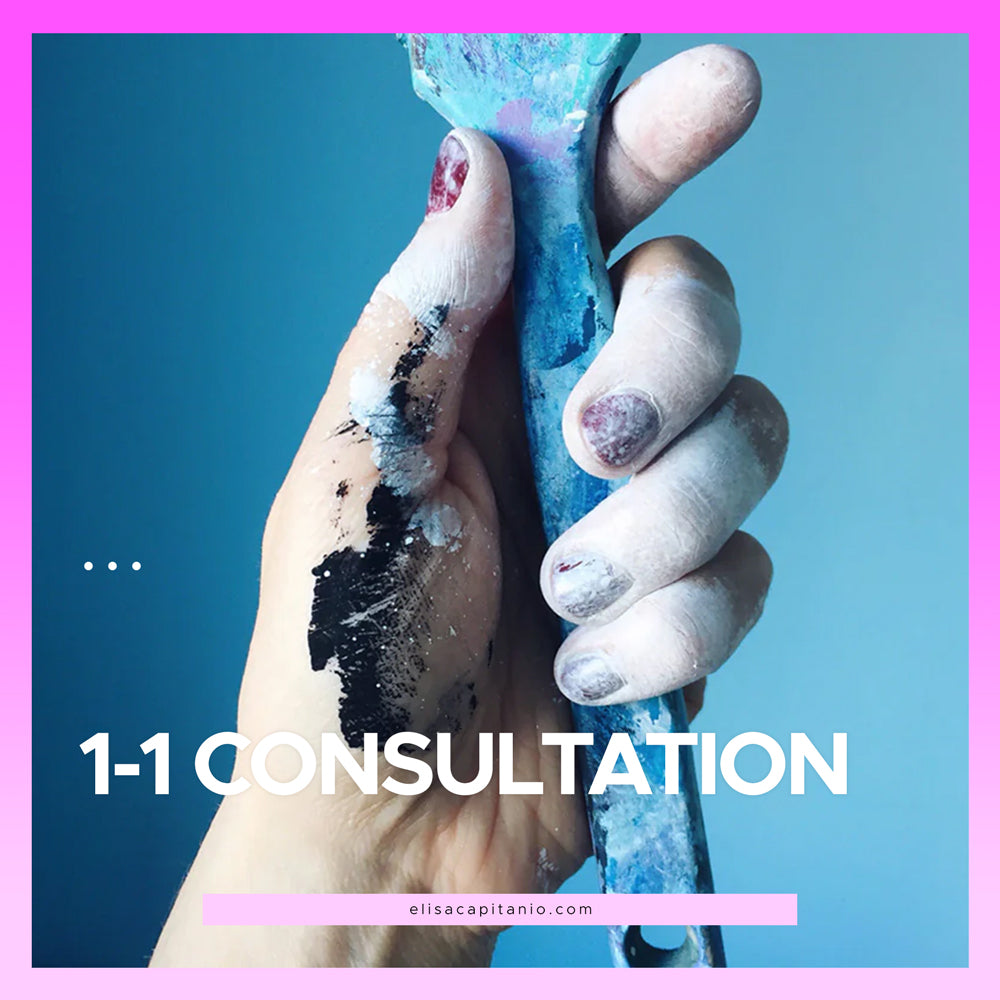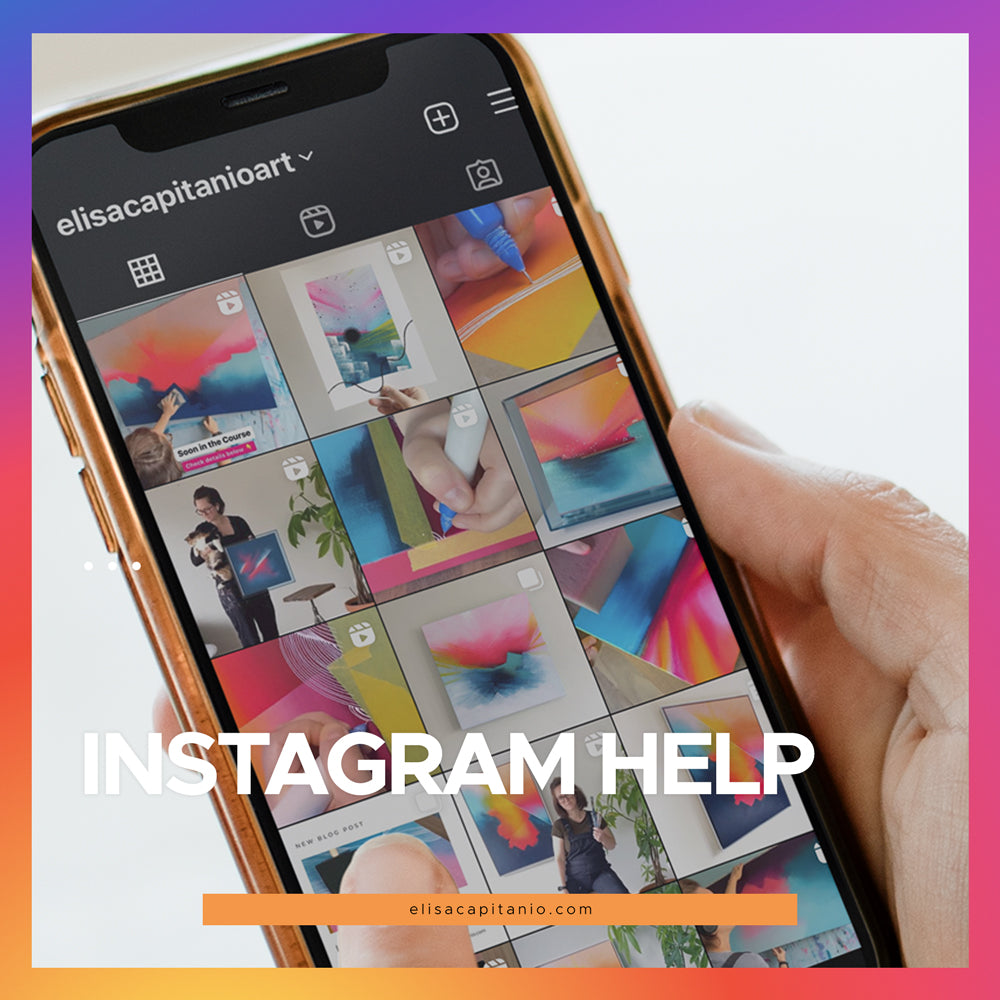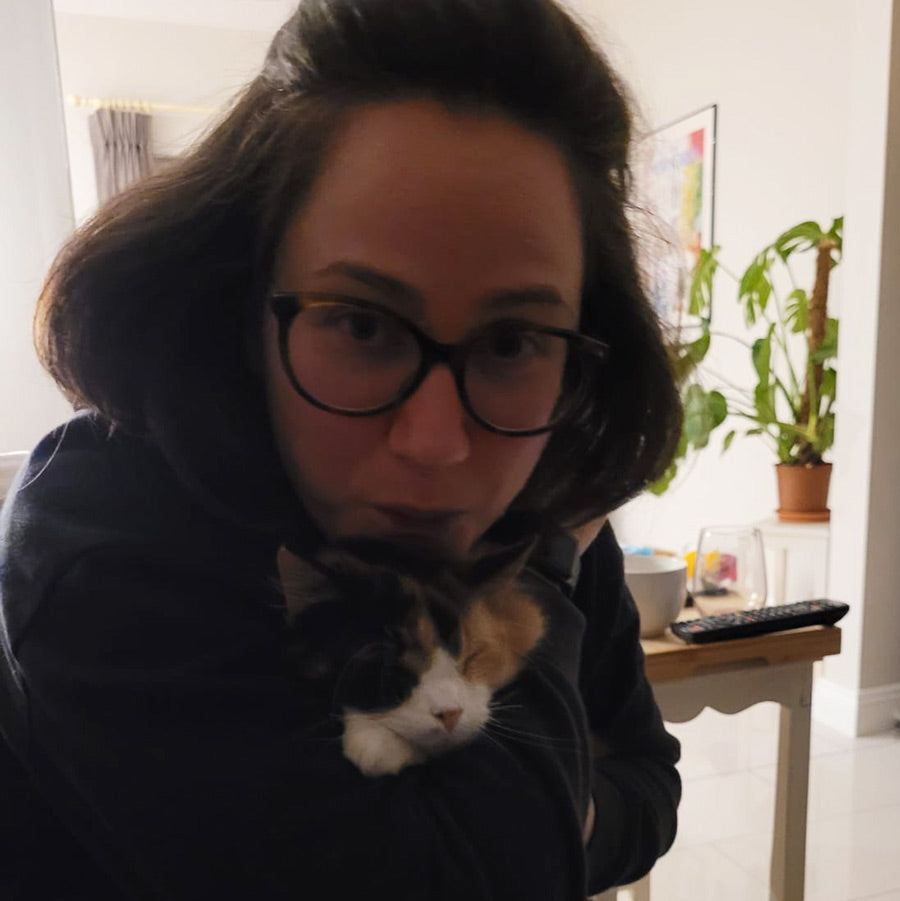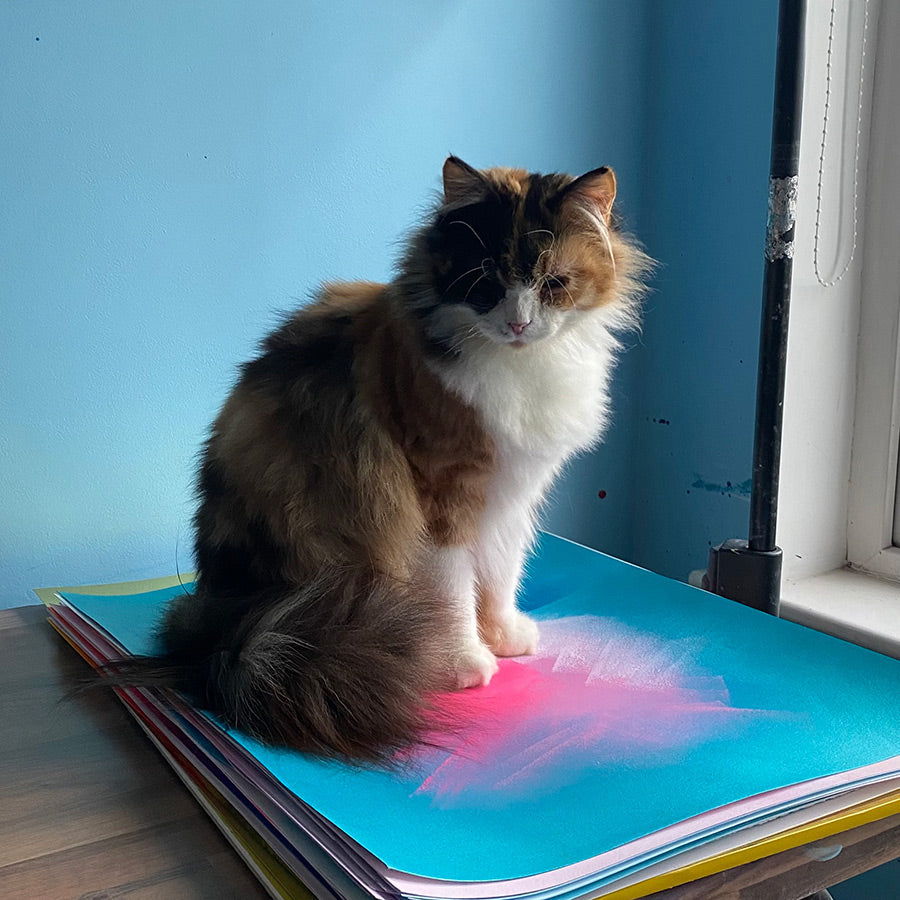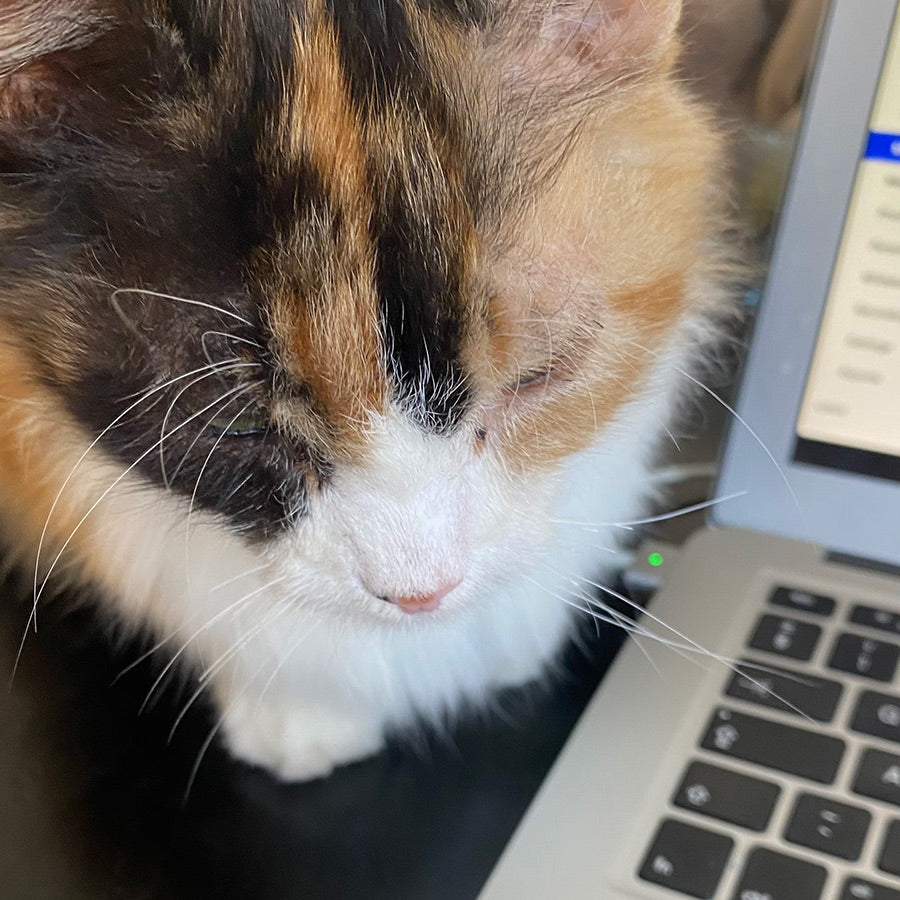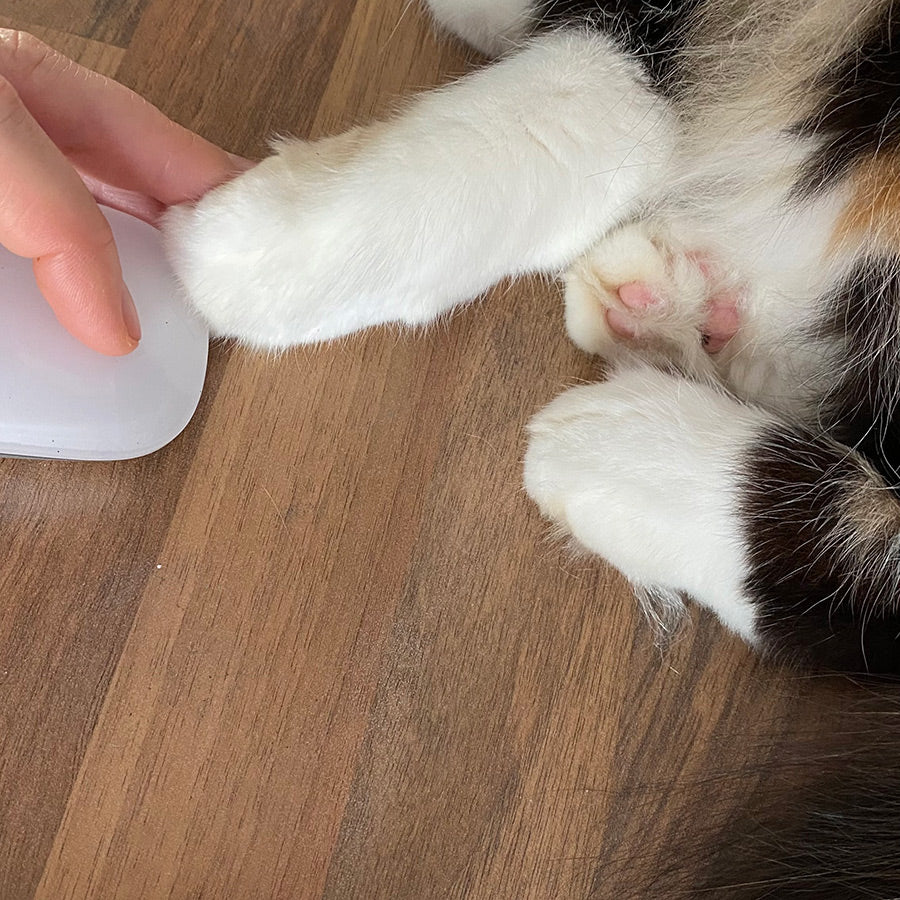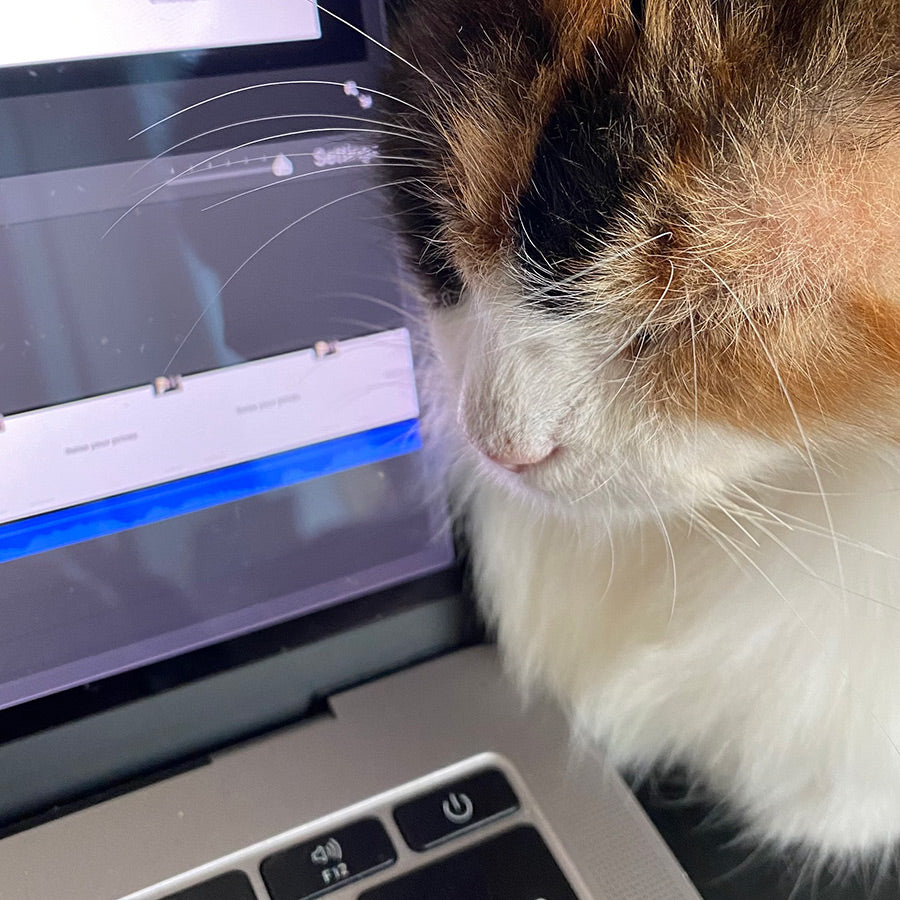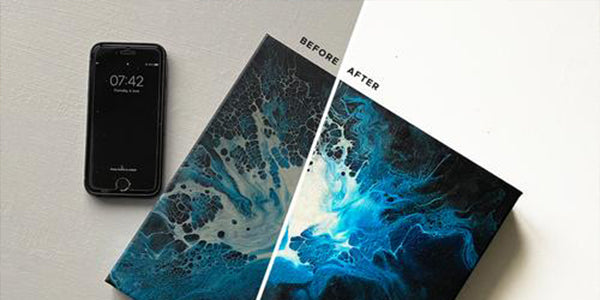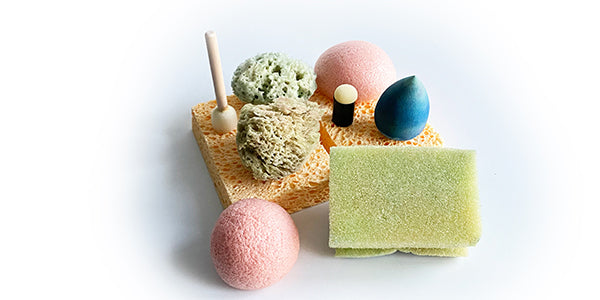
Sponges, the Ethical choice
Let me tell you a little story...
When I started using natural sponges, few years ago, I was so happy to have found a painting method that doesn’t involve the creation of extra plastic.
I thought, they are natural, which means it’s good for the environment. While I associated Synthetic Sponges to plastic = bad, because, really, who needs more plastic on this planet?
I put together a beautiful course, painted a lot with natural sponges, created collections and stunning artworks.
And then, a while back, someone pointed out to me that natural sponges are living creatures and it’s considered unacceptable to take them away from their natural habitat, whether you use them for personal care or for art and decor.
Panic.
I spent 2 nights with my eyes wide open (big over-thinker here!), tossing and turning while thinking about my choice and especially about the role my actions and their consequences have on this planet.
I’ll be honest, I never thought about what I could be harming by picking natural sponges as a tool to create my art.
In the western world we get and consume plenty of products we don’t know the origin from. Starting from what we wear, to what we eat, or we simply impulsively buy “just because it’s cheap”.
As I’m sure you do, I have a bunch of “stuff” in my house I have no idea where they come from, how they are produced, who made them and in what conditions.
And while that's a bit scary, I think it's also a great starting point to learn how our small decisions have, sometimes, a big impact.
What I eat, what I wear and what I buy (not going into details here, but I’m happy to discuss with you my non-art-related-personal-choices if you want to know…), are a reflection of what I stand for, so it was important for me to align my art choices to that too.
So I started my research. Here’s what I know now:
Natural Sea Sponges
The natural sponges I got over the years are coarse sponges and are sourced from the Bahamas.
The Bahamas have very strict laws and each sponge has to be more than 5 inches. (page 10 of Statute Law Of The Bahamas)
Sponges are harvested from the wild, and these laws are to ensure the sponges can grow and always be able to spread before they are bought up to surface.
These sponges are the cut down to smaller sizes by a supplier in Greece. While other fine sponges are sourced in the Philippines.
Synthetic sponges
They come a bit from everywhere, mostly China, and they are made through a combination of chemical process, as opposed to natural sponges that are simply harvested and processed.
We all have/had them in our homes at some stage. They are easy to use, come in a ton of colours and they last pretty much forever in our environment. Which is their curse. Once you stop using it, it just ends up somewhere where it’ll stay pretty much until the end of days...
Compostable Sponges
Compostable Sponges are made from plants. They’re hygienic, durable, environmentally-friendly, reusable and fully biodegradable, made from 100% cellulose which is natural wood fibre. That means these sponges are plastic-free!
The plant of origin might vary, so you can find Compostable Biodegradable Sponges made from cellulose, which is natural wood fibre.
While others are made from natural konjac root (a porous vegetable that grows in Asia). Konjac sponges were first created as a way for Japanese farmers to cleanse a baby's skin. So cute!
Based on your location in the world, you might have access to more varieties, or maybe you already have some of these sponges in your home. So if you are interested in painting with Sponges, start from what you have!
Whether it's make up sponges or kitchen sponges... just start from there.
For my personal practice, I have decided to stop buying new Sea Sponges, as I have accumulated some over time.
I have worked in the past with synthetic ones, and as I have a pack in my studio, I'll make sure to take care of them so they can last as long as possible, so I can get the most out of them without polluting too much.
As for compostable sponges, even though they are the latest addition to the studio, let me tell you... they are here to stay!
Whether you decide that synthetic sponges are for you or decide to opt for a compostable one, this blog post is meant to inform you about my decisions and to give you a base on which you can make your own.
I believe that when you have all the information you need, based on your very own sensibility and care, you’ll be able to make your own choice about sponges!
If you are reading this, because you bought natural sponges after watching my tutorials or simply intrigued by my creations, first of all I want to say thank you for being here! It means a lot you are taking the time to read this, but also... you do you, even if our path somehow have crossed, choose the right thing for you.
I got here, based on my life experience and my very personal ethic.
Once you know better, do better.
Check out my course here. It's definitively one of a kind!


